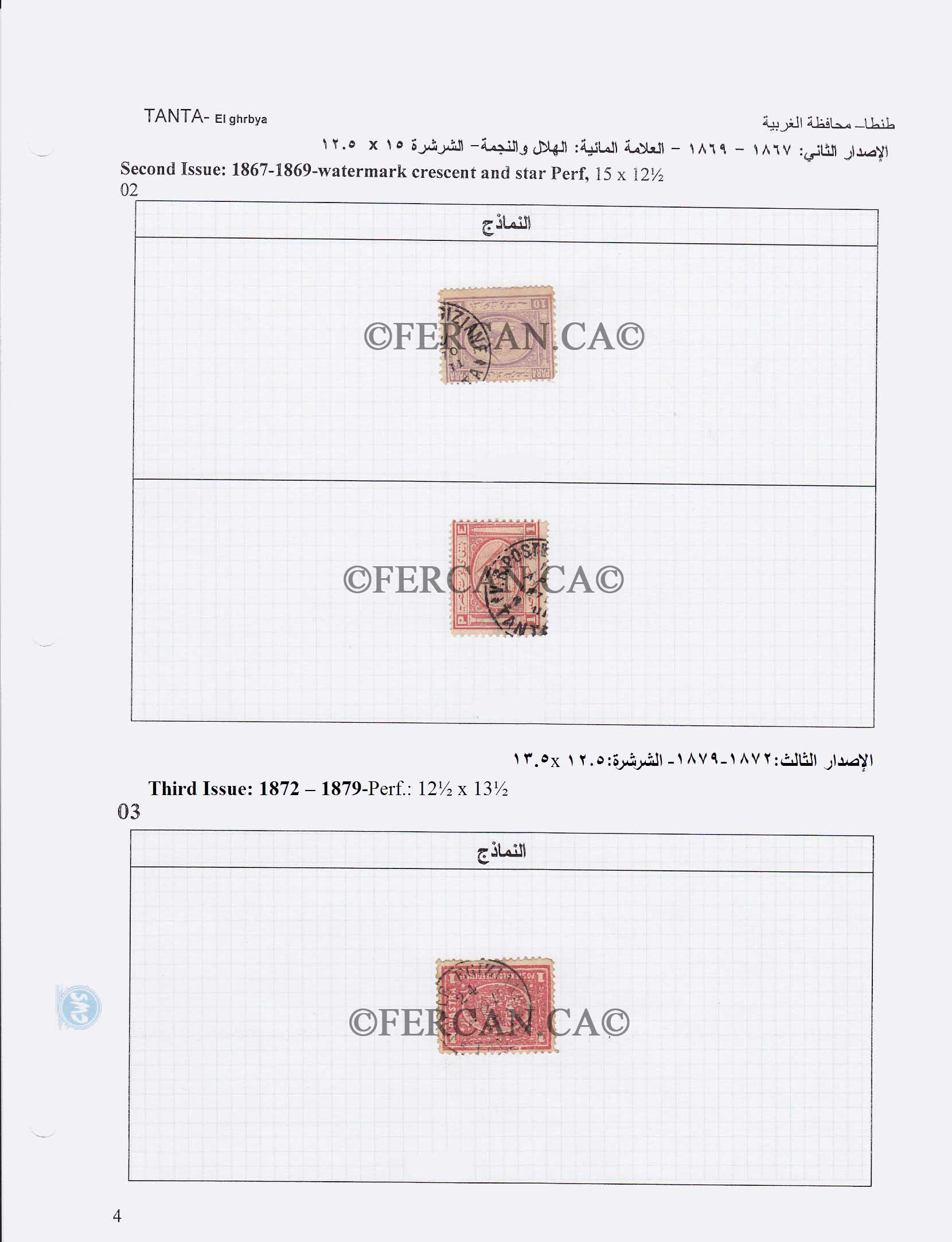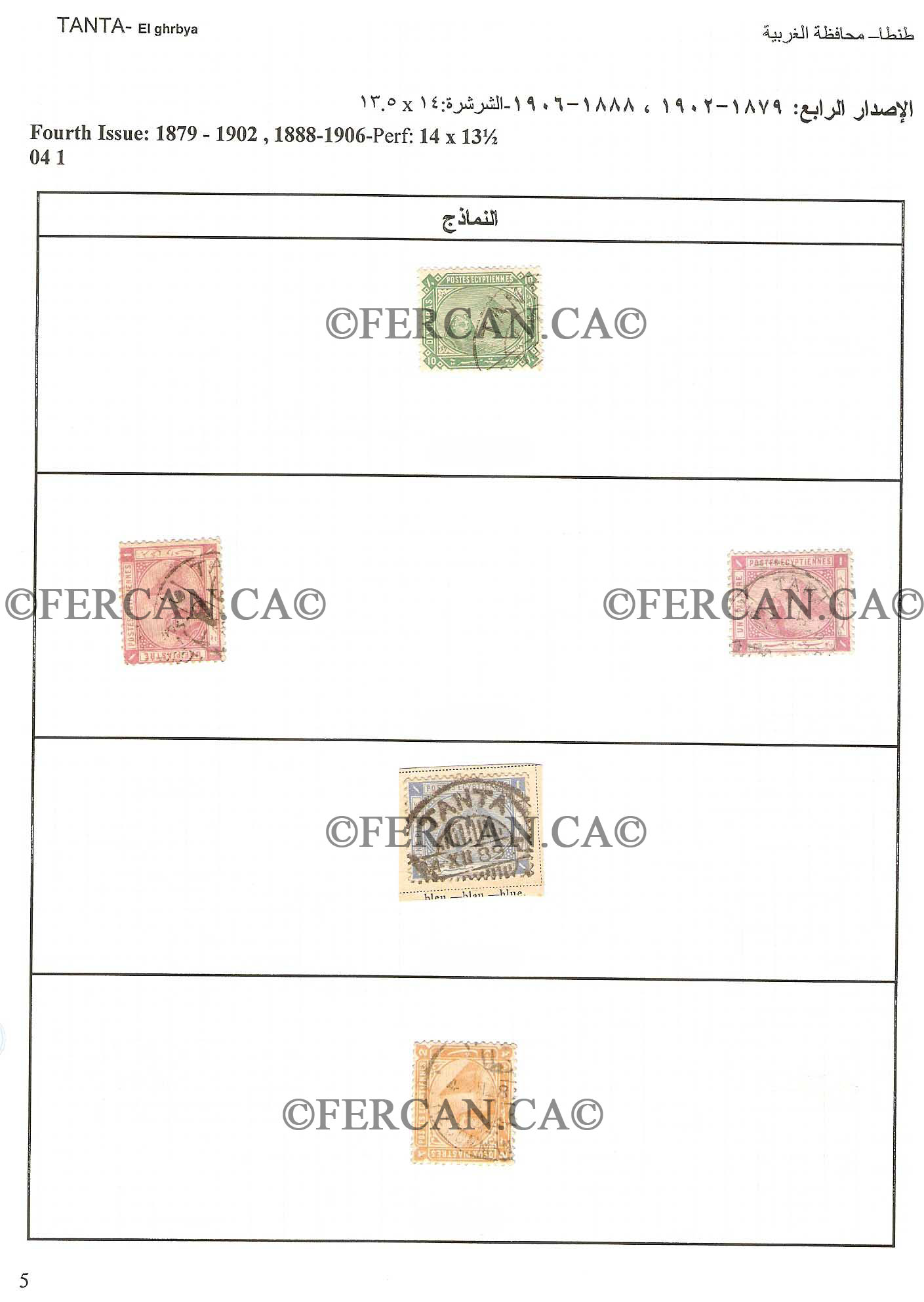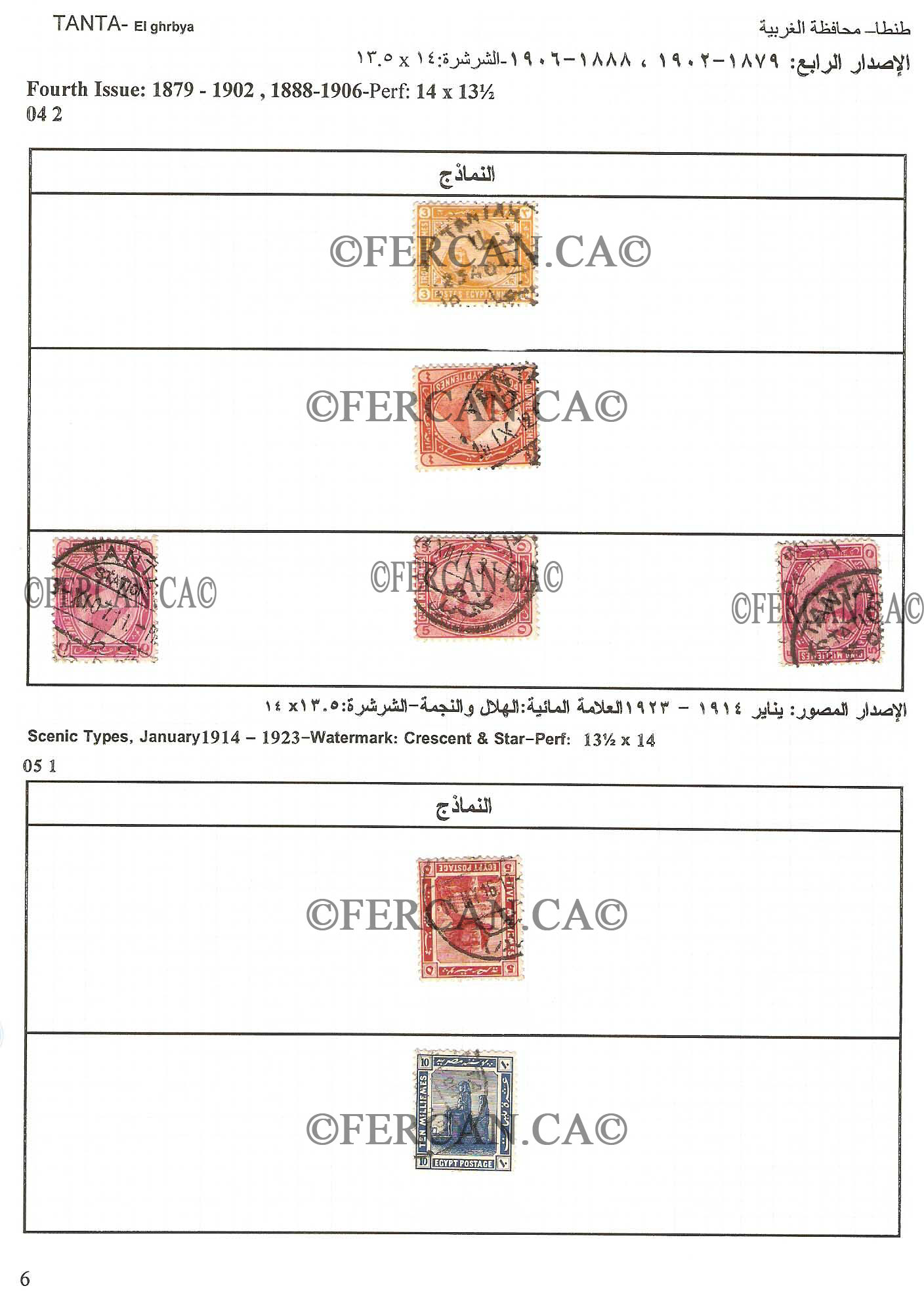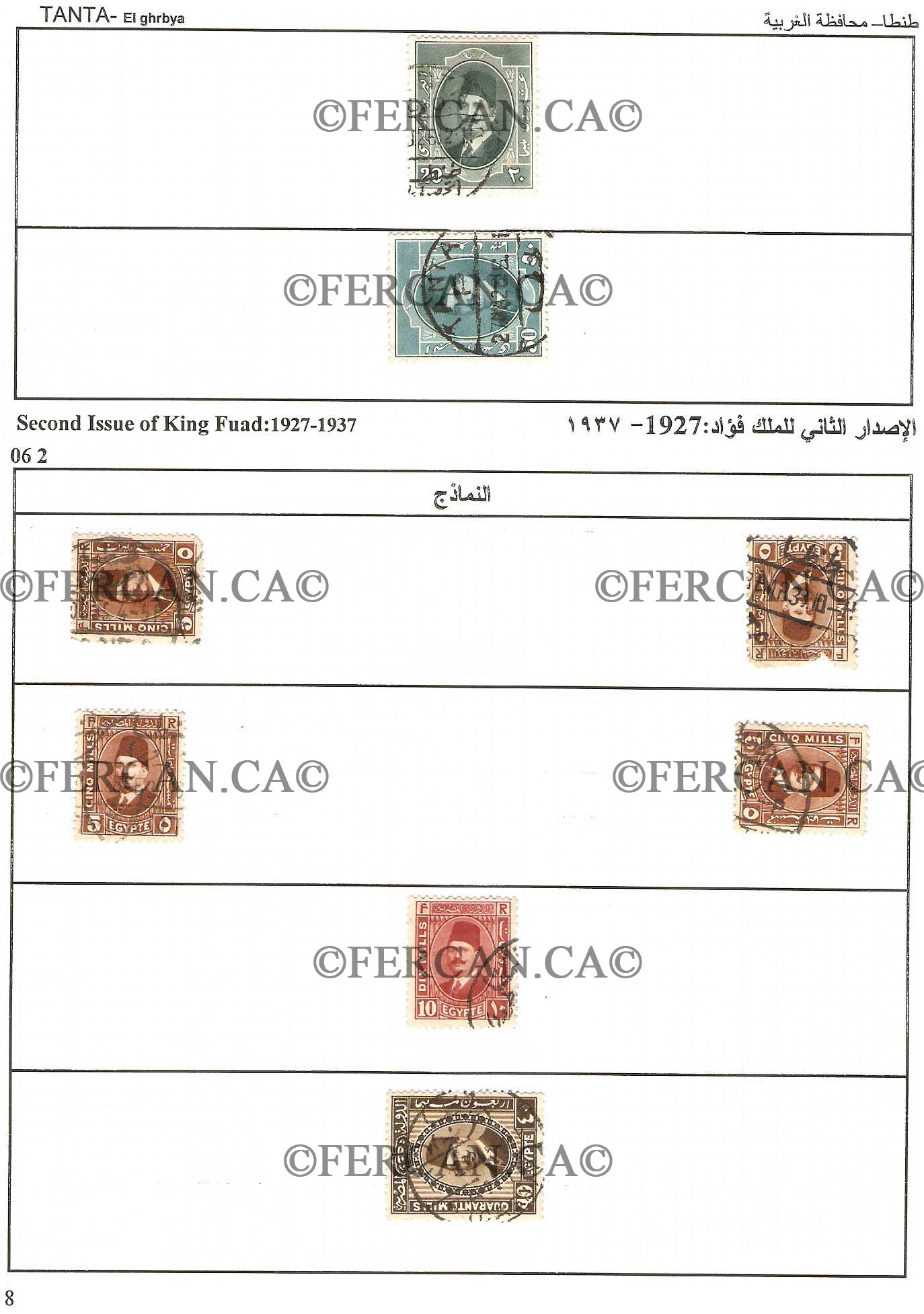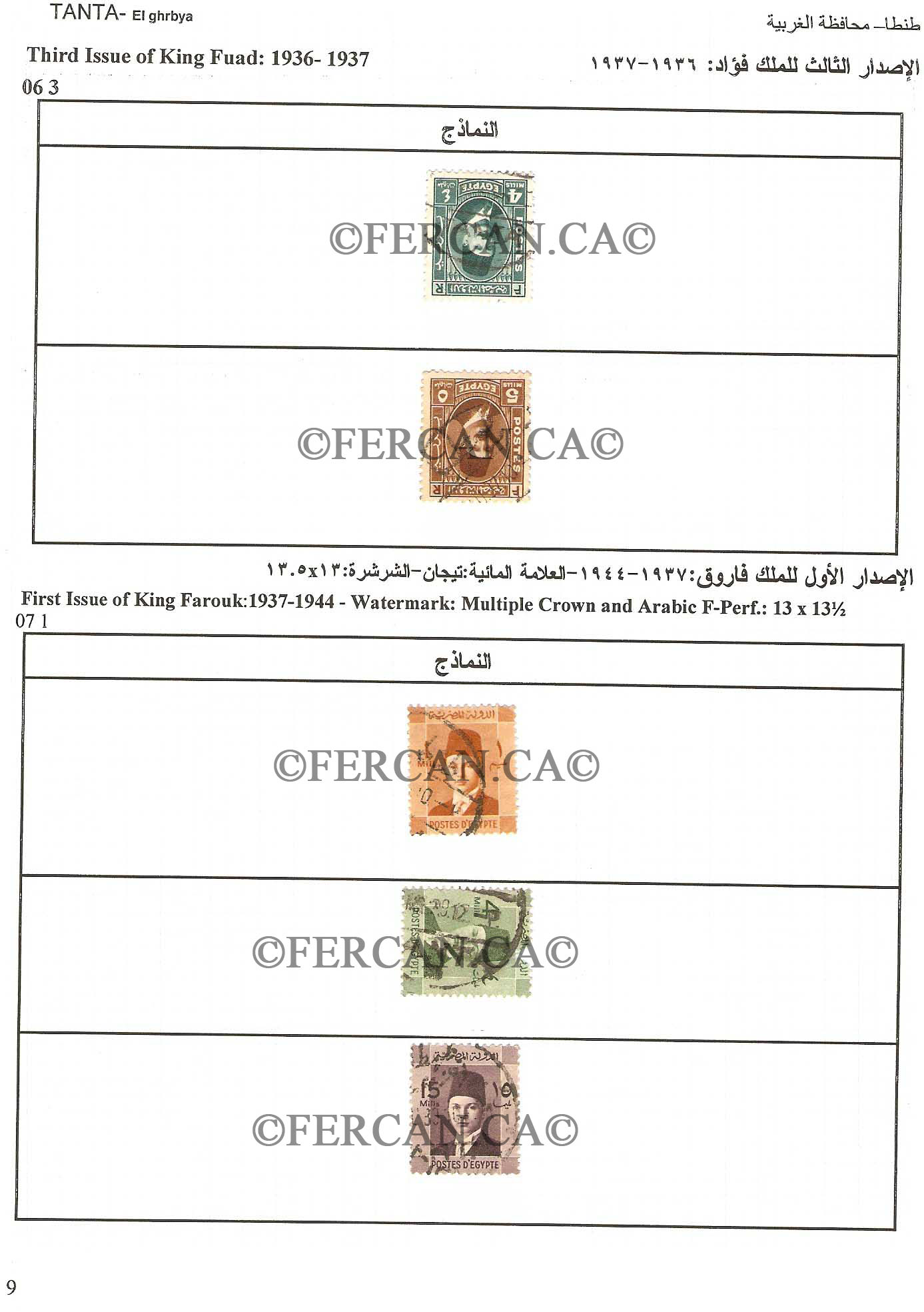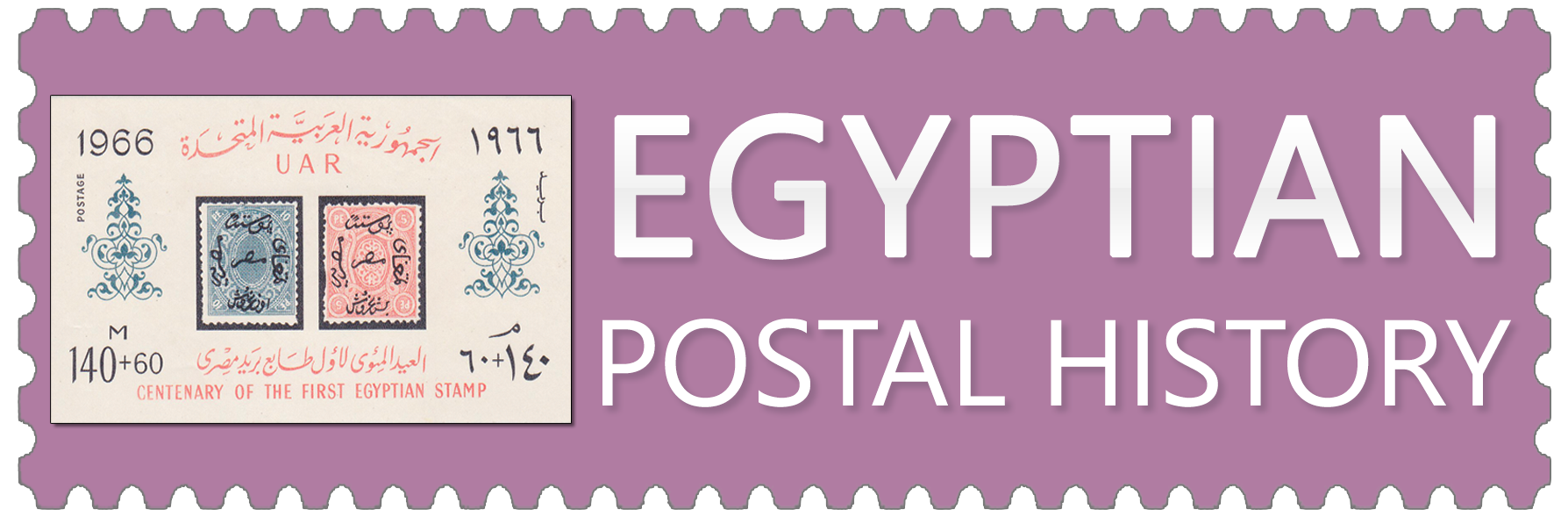Tanta is the capital city of Al-Gharbiya governorate and the capital of the Nile Delta. It is the third most important capital in Egypt after Cairo and Alexandria, and the third largest city in the Nile Delta after Mahalla El-Kubra and Mansoura. It is 104 kilometers north of Cairo and 120 kilometers south of Alexandria. It was named Tantada by the old Arabs and is the meeting point of the railways and highways. It is therefore connected to the rest of Egypt by a good transportation network. Tanta is divided administratively into two distinct districts, as well as neighboring villages.
Before Islam, it was a large bishopric that contained a great centre and was governed by an archbishop who was independent from the patriarchy.
Under Islam, it became the residence of the governor and his soldiers. It had many inhabitants, markets and mosques, the most important being El-Bousa Mosque and El-Marzuqi Mosque. It also contains El-Emari Mosque.
At the present time, it is famous for its religious and commercial activities.
Tanta includes the Pharaonic village of Kharset, whose name was Khorset, meaning The Land of Set, the idol of evil. .
Tanta has a high population density. Its importance increased after Sidi Ahmed El-Bedawi settled there. He was a very famous Sufi figure. It is now considered to be the fifth most important and beautiful city in Egypt after Cairo, Alexandria, Mansoura, and Damanhur. It includes the village of Mahallet Menouf in which a Roman citadel existed.
The name ‘Tanta’ dates back thousands of years. The Pharaohs named it Tanaso, and it was one of the five provinces in Lower Egypt during the Greek era. In the 4th century BC the Greeks named it Tanetad; the Romans later named it Tantathna and appointed a Council of Elites in the city. Then the Byzantines named it To. Its old Coptic name was Tanetad.
After the Arab Conquest in 641 AH of the Islamic calendar, the name was modified to Tantada and the Arabs built a mosque, baths, a market, and a bishopric there.
During the era of Al-Mustanser Caliphate, in the second half of the 10th century AD (427-487 AH), the Caliph made a complete change in the administrative divisions of Egypt.
The Caliph cancelled the province system and forty-six centers in Lower Egypt, and declared that Lower Egypt would contain twenty-two provinces. Among these was the province of El-Tantawiya that was named after Tantada, in which the Fatimids appointed a governor to collect taxes and ensure its security. Since that time, Tanta gained in importance.
During the era of the Ayyubids, Salah El-Din Al-Ayyubi gave Tandata much importance by building new houses there and it became a large village of about 100 acres. In the 8th century AH, the name of Tandata was changed to Tant. The Delta was redivided during the era of Sultan Al-Ashraf Sha'ban Bin Hussein and, in 1375 AH, its provinces were reduced to eleven, among which was the new province of Al-Gharbiya, whose capital was Mahallet Kabir, now known as Mahalla Kubra. This province included most of the Middle Delta lands. The name of Tant was then modified to Tanta and was located in Al-Gharbiya province. A governor was appointed in Tanta to maintain security, religion and education.
On 7 October 1798 Colonel Lue Fevre and his soldiers arrived in Tanta and stayed there. The Colonel sent a letter to Selim El-Shorbagi, the governor of the city, demanding that he send four of the town’s elites to be captives until relations improved. The governor instead sent him four of the Imams of Ahmed El-Bedawi Mosque. When Lue Fevre was about to send the four captives to Cairo, the inhabitants of Tanta chased him with guns, swords and knives, wanting to take revenge. They headed after the French battalion, and a battle ensued between the two parties. Despite the inequality between the arms of the two sides, Lue Fevre decided to release the Imams rather than risk the lives of his soldiers.
During the time of the French Campaign, from 1798 to 180, the administrative boundaries were changed again. The number of provinces was reduced to eight, and the province of El-Gharbiya was extended to include some of the land of the neighboring provinces. Tanta was located in Menofia province and called Tantah.
During the era of Muhammad Ali Pasha, another change was made. The provinces in Lower Egypt became six, two of which were in the Middle Delta, namely Al-Gharbiya province which included more than one-third of the Delta land, and Menofia province which occupied the remaining land. Tanta was declared to be a part of Al-Gharbiya province once again, and the capital of one of the stations in that province.
At the time of Abbas Toson Pasha, one of Muhammad Ali Pasha’s grandsons and the first administrator of Al-Gharbiya province, Tanta was declared the capital of this governorate. Since then, Tanta has flourished and occupies a high rank as the capital of the largest administration in Egypt. Its importance increased after the first railway line was established in 1854, connecting Cairo with Alexandria, and after telephone and postal services were provided by Khedive Muhammad Tewfik in 1888.
Sidi Ahmed El-Bedawi Mosque is the largest in Tanta and Al-Gharbiya governorate, and the most famous in the Nile Delta. It occupies 3,600 meters after being rebuilt in the 14th century AH.

